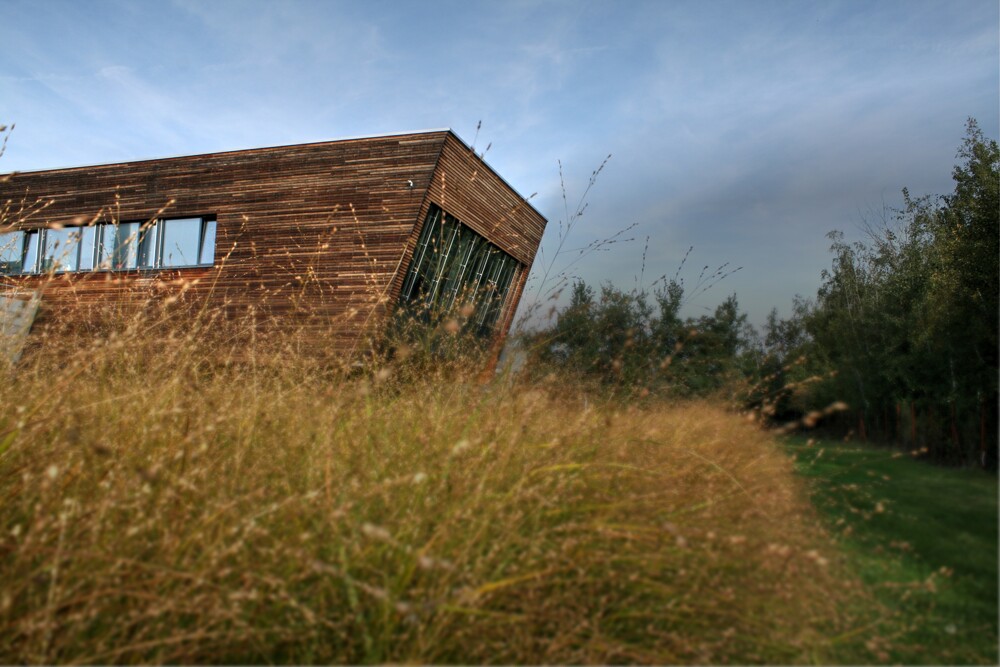
 The Building Physics research team of CTU UCEEB tested the use of mycelium thermal insulation boards in building envelopes. The tests were commissioned by the association MYMO, whose aim is to study this natural material in detail and find the widest possible use for it in the construction industry, where it could become an ecological alternative to, for example, polystyrene.
The Building Physics research team of CTU UCEEB tested the use of mycelium thermal insulation boards in building envelopes. The tests were commissioned by the association MYMO, whose aim is to study this natural material in detail and find the widest possible use for it in the construction industry, where it could become an ecological alternative to, for example, polystyrene.